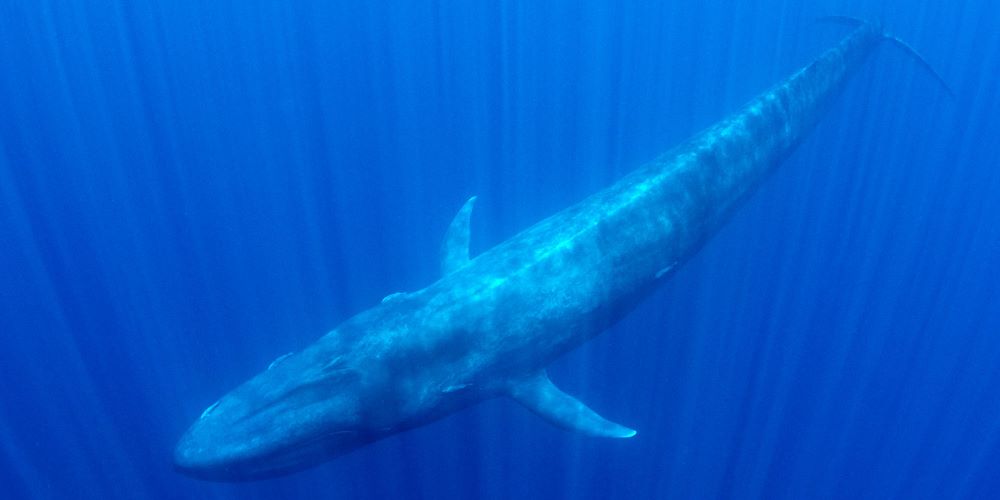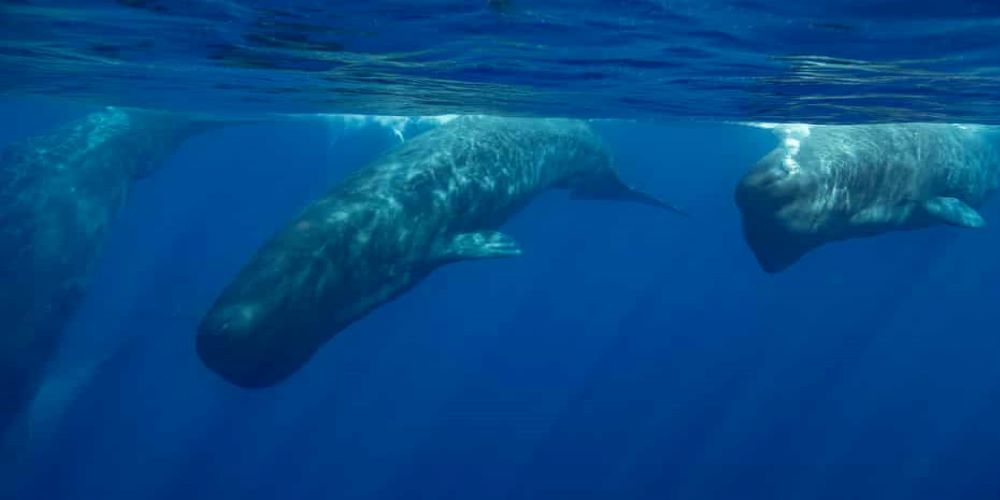Blue whales in Sri Lanka come out of the water for just a few weeks in many parts of the year. This makes Sri Lanka look even more magical than it already is! These colossal animals are considered the ocean’s rulers and ruleresses. At many times of the year, the southern coast of Sri Lanka, particularly the areas surrounding Galle and Mirissa, is the best spot to go for responsible blue whale watching. Prepare yourself for a magical experience.
Visit Nowhere. Sri Lanka is the best place for blue whale watching
Throughout the history of our world, the blue whale has been the biggest animal to ever exist on it. The blue whale, a truly gentle giant, breaks the water’s surface with a tail that exceeds 30 feet in height. Immediately before diving to the bottom of the ocean in search of krill tins, it raises its triangular tail fin and elegantly plunges. Cetacea is an order of aquatic creatures that includes whales, which are warm-blooded marine mammals. All of the world’s seas are home to these creatures who breathe air, give birth to live young and breathe air.
The blue whale is the biggest living creature on the planet, reaching lengths of up to 30 meters and weighing around 170 tonnes or more. Even just the weight of their tongues alone might be as heavy as an elephant.
The range of blue whales is quite broad, and they may be found in all seas around the globe. They eat virtually solely krill, which is a kind of crustacean. According to current estimates, an adult blue whale eats around six tons of krill every day. Among the loudest voices in the animal world, blue whales generate low-frequency noises that may carry hundreds of kilometers in the deep ocean, making them one of the most recognizable creatures on the planet.
Book Your Whales Watching Tour Now

Blue Whales in Sri Lanka Thrive in Nourishing Conditions
The geographic position of Sri Lanka, the marine geology, which includes deep ocean canyons, and the weather systems have all combined to produce very favorable circumstances for blue whales to thrive in our seas. The island’s plankton-rich water is concentrated on the island’s thin continental shelf, which has an average width of 22 kilometers and is often near the beach. Blue whales are drawn to the island because of its plankton-rich waters. In addition, Sri Lanka is one of the best spots in the world to see ocean giants.
Local and international visitors alike have come to know Sri Lanka as a treasure trove for whale watching over the last decade because of the spectacle presented by the several cetacean species that can be found there. Mirissa, Kalpitiya, and Tricomallee have emerged as the most popular whale-watching destinations in Sri Lanka.
Blue whales are at imminent risk of extinction
According to current estimates, there are just around 15,000 blue whales left in the world today. These cetaceans were slaughtered for food and oil during the twentieth century. Estimates vary, but it has been reported that more than 360,000 have been slaughtered during that time period.
These treasures of the sea must now be seen for what they truly are: endangered but beautiful sea creatures that have grown to enormous sizes, making them the kings of the ocean. To guarantee that these gorgeous blue whales continue to visit Sri Lanka’s coasts for many more years, Sri Lanka’s Wildlife Department is making aggressive efforts to secure their continued presence.

Whales in Sri Lanka: Other Species Found
Between late November and mid-April, you may witness up to ten distinct species of dolphins off the Sri Lankan coast, including fin, Bryde’s, minke, humpback, sperm, and, of course, a multitude of dolphins. The best time to observe dolphins is between late November and mid-April. The best time to see the marine meister, schmoozing its way through the waves, is between February and mid-March when mighty blue whales are most likely to be spotted. Even though it is just a short window, you will not miss it if you close your eyes.
Blue whales in Sri Lanka thrive on krill, a tiny crustacean named after the Norwegians and meaning literally “small fry of fish,” which is why this is the best time to see them. Blue whales migrate around the world on krill, which is why this is the best time to see them in Sri Lanka at this time of year. On the other hand, their predators are anything but diminutive, even though this is almost all they consume. Here’s a list of whales in Sri Lanka:
1. Killer Whale
Because it is a toothed whale, the killer whale (Orcinus orca) is a member of the marine dolphin family and consumes various foods. The majority eat fish, although some marine mammals hunt animals such as pinnipeds and huge whales for their prey. Their hunting techniques and vocal behavioral patterns are extremely sophisticated, and they have a strong sense of belonging to their group.
2. Sperm Whale
The sperm whale (Physeter macrocephalus), sometimes known as the Cachalot, is the biggest toothed whale and the largest toothed predator on the planet, at an average of 16 meters (52 feet) in length. It can dive to depths of 2250 meters in search of prey, which is mostly composed of squid.

3. Fin Whale
The fin whale, a member of the baleen whale suborder, is also known as the finback whale, the razorback whale, or the common rorqual. This marine mammal, which is regarded as the second-biggest animal in the world after the blue whale, may grow up to 89 feet in length.
This huge beast, which weighs about 74 tonnes, is sometimes referred to as the “greyhound of the sea” because of its slim body and long neck. This whale, designed to resemble a racing yacht, can outrun the fastest ocean steamship.
4. Bryde’s Whale
The typical length of these rorquals is 45–50 feet, making them fairly big rorquals. The Bryde’s whale is likewise classified as a baleen whale in the same family as blue and humpback whales.
This species has two blowholes, no teeth, and two rows of baleen plates, which is a distinguishing characteristic. Several subspecies of rorqual are thought to be part of the Bryde’s whale complex, including as many as three.

